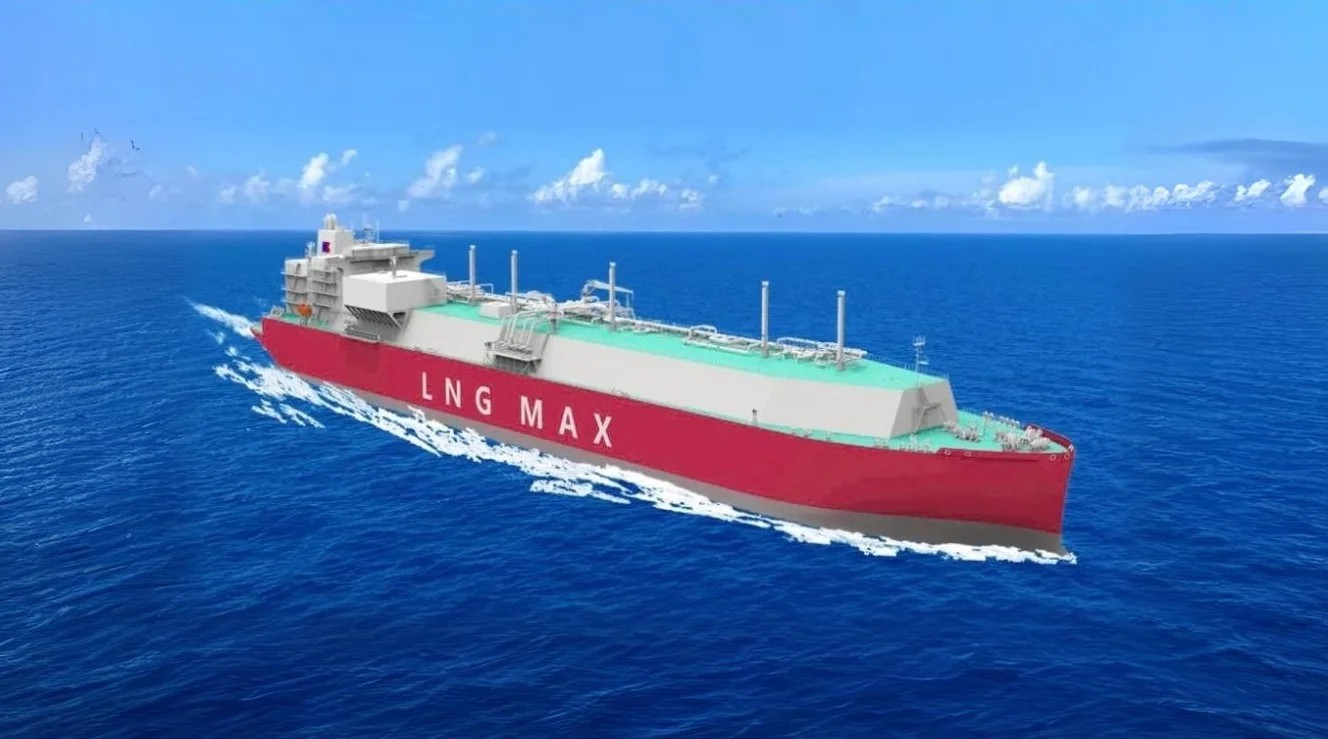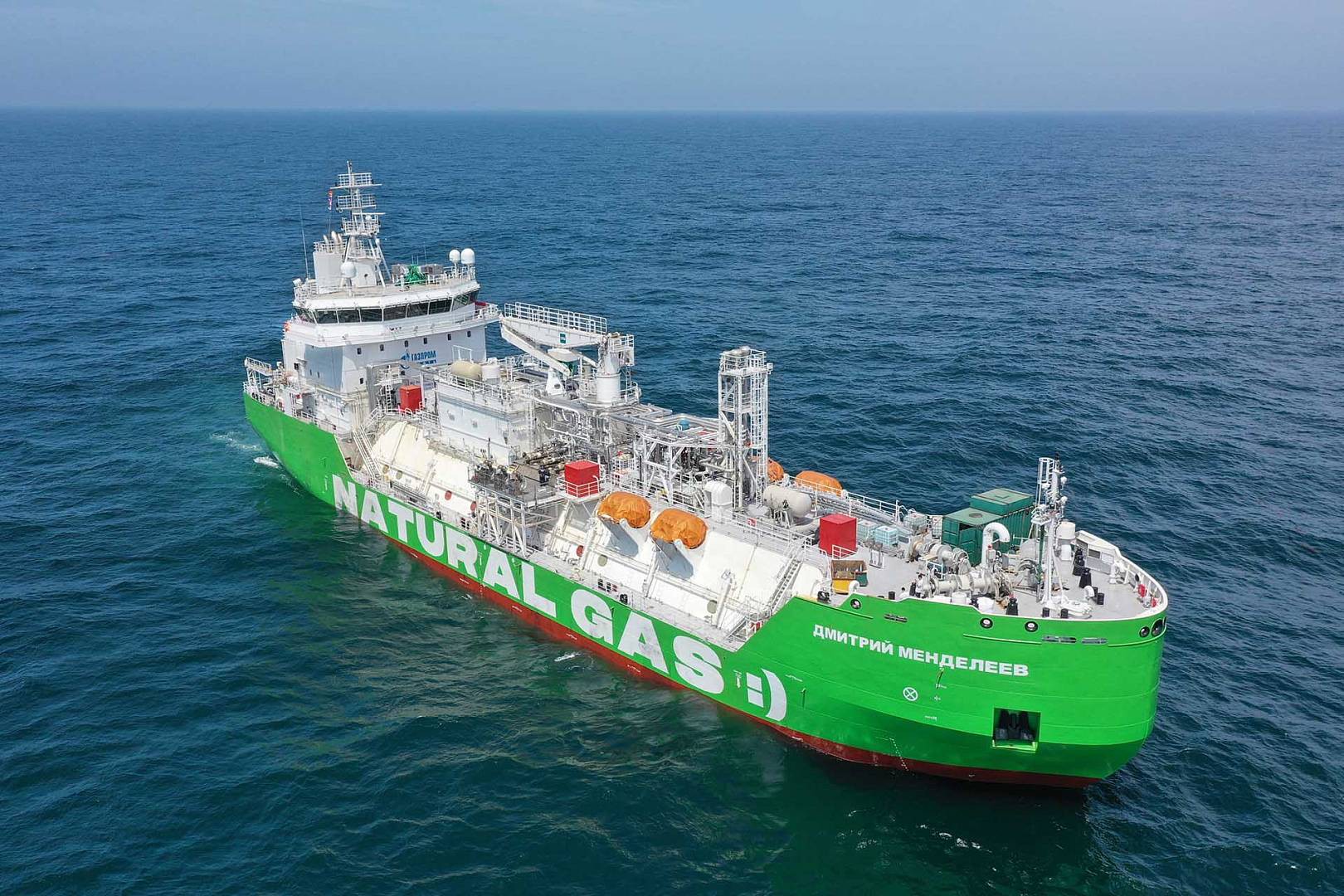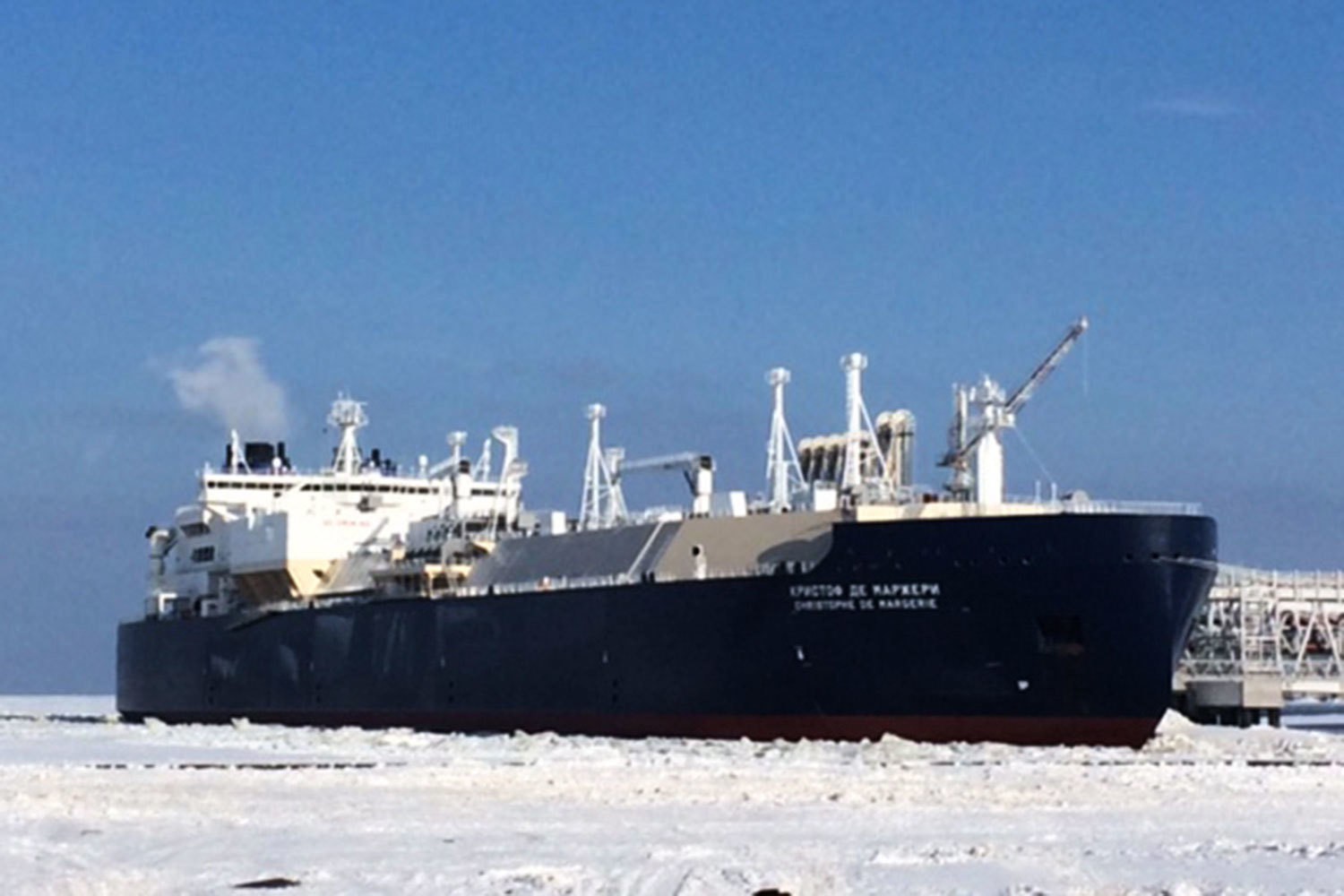- Position:
- 2nd engineer
LNG carriers, their characteristics and classification

In conditions when the world's need for transportation of various gases has increased many times in recent years, a separate class of sea vessels has emerged - gas carriers. At the same time, the cargo they transport is in a gaseous state, since in this case the carrying capacity of the ships increases many times over.
A little theory

Liquefied gases are a category of substances that exist in a gaseous aggregate state, but require their liquefaction to a liquid state in order to organize transportation. The main characteristics of such cargo are their temperature and pressure.
The boiling point of a substance is the temperature at which equality of the vapor pressure of this substance and the environment is achieved. Thus, liquefied gases can only be maintained in a liquefied state at certain temperatures and pressures. For each substance these parameters will be unique. In accordance with IMO rules, the category of liquefied gases includes substances with a vapor pressure of more than 2.8 bar at a temperature of 37.8 degrees. For example, for propane the pressure indicator is 13 bar, and for ammonia it is even slightly more than 14.7 bar.
Accordingly, sea vessels intended for the transportation of gases must have not only cargo tanks designed for such pressure, but also equipment to maintain it and maintain a special temperature regime.
One of the main types of gases required for transportation by sea is natural gas. Its chemical composition is based on methane, which makes up 70-99% of the total mass of the substance. Its transportation is possible only in a liquefied state (LNG), and transportation volumes today are at least 80 million tons and are increasing annually. To handle this category of cargo, LNG vessels are used, the number of which has already exceeded 200 units worldwide.
The category of petroleum gases is represented by a large number of types of gas obtained from oil as a result of its processing. The share of each of them separately is insignificant (propane, butane, anhydrous ammonia, and so on). The total volume of transportation of such cargo in the world reaches 45 million tons, and the number of specialized LPG ships is about 800.
Classification of gas carriers

This is a category of specialized tankers that allow the transportation of a wide variety of gases after their liquefaction. Technologies for storing gas on board can be different, and therefore there can be significant differences in the design of the vessels themselves.
In general, all gas carrier ships can be divided into two main categories:
- LPG
These are ships designed to transport liquefied petroleum gases and chemical products, for example, ethylene, propylene, ammonia and so on. Ethylene, given its boiling point of -104 degrees, is not allowed for transportation in LNG cargo tanks.
-LNG
This group of vessels is designed to transport LNG, natural gas in a liquefied state, after preliminary removal of various impurities from its composition. Methane is transported at temperatures of -163 degrees, to which the cargo is cooled.
In accordance with the requirements of the International Maritime Organization, the operation of gas carriers on international trade routes is permitted only if they comply with the regulatory requirements of the International Gas Carrier Code, adopted in 1986, and the requirements of Chapter 7 of the SOLAS-74 convention, which establishes design features for ships used in the transportation of gases .
The International Gas Carrier Code regulates the following safety areas:
- protection of cargo and safety of the vessel in the event of a collision at sea or grounding;
- general safety requirements on gas carrier ships;
- cargo storage conditions;
- structural protection of cargo tanks;
- requirements for loading and unloading operations;
- organization of fire safety;
- environment protection;
- use of cargo as marine fuel;
- thermal expansion/compression of the load.
Requirements for ship design

A mandatory requirement for the design of ships for transporting any type of gas is the availability of solutions to ensure the maintenance of the required pressure.
For LPG ships (liquid gas carriers), three basic criteria are established:
- keeping the gas under pressure while maintaining the ambient temperature;
- cooling the gas below its boiling point;
- the presence of a semi-cooled state of cargo with elevated temperature and pressure.
In this case, the following conditions must be provided on board:
- complete insulation of cargo tanks and the presence of a cooling system;
- presence on board of powerful compressor and refrigeration equipment;
- availability of a generator of inert gases and their storage;
- availability of a cargo temperature monitoring system.
LNG vessels (LNG carriers) also have individual characteristics. The temperature of the gas is so low that if it comes into contact with the metal of the housing, it can cause damage to the latter. Accordingly, they are required to:
- use of double thermal insulation of cargo tanks;
- use of materials with a minimum coefficient of thermal expansion (invar);
- the presence of an evaporator to satisfy the vessel’s own needs for steam production.
Division by hazard class

The vast majority of liquefied gases pose some kind of danger, so gas tank ships (gas carriers) must meet certain requirements. In total, it is customary to distinguish three categories of ships depending on the degree of danger of the cargo:
- Type 1G
These are vessels of the highest class, capable of handling most gases, including LNG and aggressive chemical gases.
- Type 2G.
Vessels for handling cargo with a slightly lower degree of danger; most chemical gases belong to this category.
- Type 3G.
Vessels for working with other gases that have an insignificant danger due to certain characteristics.
The sizes of gas carrier vessels can be very diverse. The smallest of them hold no more than 500 cubic meters of gas, and the largest 100-150 thousand cubic meters. The latter are mainly used for transporting LNG and are the largest carriers of liquid gas.
Today there are about 1 thousand gas carriers in operation around the world. Moreover, they all have a fundamentally identical design, which provides for the presence of insulated cargo tanks. The ships themselves are double-hulled, so cargo tanks are located in the central part of the ship, and the sides and bottom along the keel are reserved for tanks to accommodate ballast, fuel and other liquids needed by the ship.
The main difference between gas carriers and tankers of approximately similar design is the presence of special equipment to maintain the required pressure in the tanks and temperature conditions. In addition, they are not characterized by the presence of ventilation in cargo spaces. In turn, on tankers, tank ventilation is a prerequisite for ensuring safe transportation of oil and petroleum products.
The construction of gas carriers is carried out in accordance with IMO rules, taking into account the characteristics of cargo required for transportation by sea.
Gas carriers under pressure

Liquefied gases are transported under pressure, so there is a separate classification of ships under pressure:
- Vessels with full pressure.
Most often these are small vessels with a capacity of 5-10 thousand cubic meters, whose cargo spaces are spherical in shape. Inside them, liquefied gases are under a certain pressure and temperature, preventing their reverse transformation into a gaseous state.
- Vessels with semi-hermetic pressure.
More affordable vessels with a capacity of up to 20 thousand cubic meters. Their main feature is the installation of equipment for liquefying gases, which reduces the requirements for maintaining temperature and pressure. When the cargo transforms into a gaseous state, it is re-liquefied directly in the cargo tanks.
- Refrigerated gas carriers.
The most modern type of vessel for transporting gases, including LNG. Due to a significant decrease in temperature, it is possible to significantly increase the capacity of cargo spaces, up to 100-150 thousand cubic meters. Accordingly, they have effective thermal insulation to reduce losses.
Konstruktivnyye osobennosti tsistern dlya gaza Nesmotrya na to, chto konstruktsii gruzovykh tsistern mogut razlichat'sya mezhdu soboy v zavisimosti ot tipa sudna, printsipial'no vse oni imeyut identichnuyu arkhitekturu. Eto yemkost' razlichnoy formy s iz

Despite the fact that the designs of cargo tanks may differ depending on the type of vessel, they all have fundamentally identical architecture. This is a container of various shapes with insulation on the outside and membrane walls. Outside the tanks, ship elements act as supports for the tanks, ensuring their reliable fixation in their places.
It is customary to distinguish three types of tanks:
- Type "A"
Visually, they are similar to the tanks of tankers; they are built on the basis of straight walls without bends. As a result, they have a prism shape. Reinforcing structural elements are located outside, and the space between the tanks and the outer side is often used to place ballast.
- Type "B"
Such tanks are spherical or dome-shaped. They are most widespread on ships designed to transport LNG.
- Type "C"
Such tanks are fully or partially sealed. They are characterized by the shape of a sphere or cylinder. Their design is adapted for the transportation of goods at low temperatures.
- Position:
- Chief engineer
- Position:
- Electrician engineer
- Position:
- 2nd engineer
- Position:
- Electrician engineer
